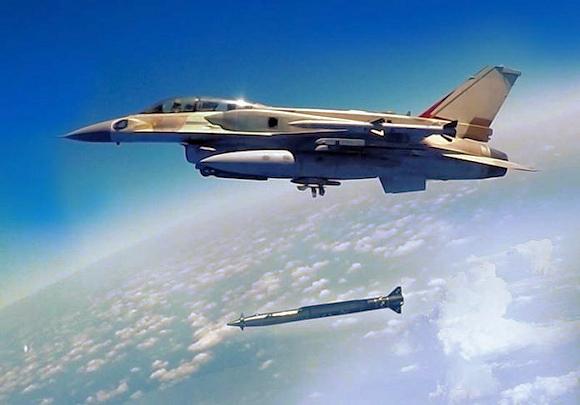Attacks by the State of Israel against Syria continue. According to what was learned, the Israeli Air Force would have successfully used a new supersonic air-to-surface missile for the first time during a recent air strike on Syrian military positions.
The IDF have conducted a series of strike on the sites around Masyaf in the early hours of Saturday morning. ImageSat satellite image analysis company has confirmed that Israel has hit the Masyaf base.
A large hangar and three buildings nearby were destroyed in the aircraft's attack with the Star of David, as shown by satellite images, analyzed and distributed by ImageSat International.
Some sources - including a military analyst, Babak Taghvaee - reported that the Israeli air force would, for the first time, use its latest supersonic missile, called Rampage. A new supersonic air-to-surface missile designed for the annihilation of high-quality targets, developed by Israel Aerospace Industries (IAI) and Israel Military Industry Systems (IMI).
The new missile is a long-range supersonic weapon with a head, rocket engine and an advanced navigation apparatus that gives it, at a very low mission cost compared to existing solutions, a high precision.
Recently, Boaz Levy, General Manager and Executive Vice President of IAI's Rockets and Space Group, told Jane's that: Rampage is a supersonic ASM able to be used in any weather condition, with a range of 165 km.
Among the main features of the missile is its ability to control and monitor the extent of its splinters; which makes it possible to make his surgical attack accurate and with minimal collateral damage despite the missile spending a lot of time in the air from the moment it is launched until it hits its target.
The missile is adapted to all attack platforms, including the F 15, F 16 and F 35I fighters of the Israeli Air Force and should be used, among others, against anti-aircraft systems, command and control centers and logistic bases.

Photo: IAI / ImageSat International












